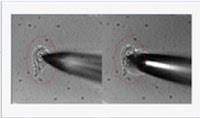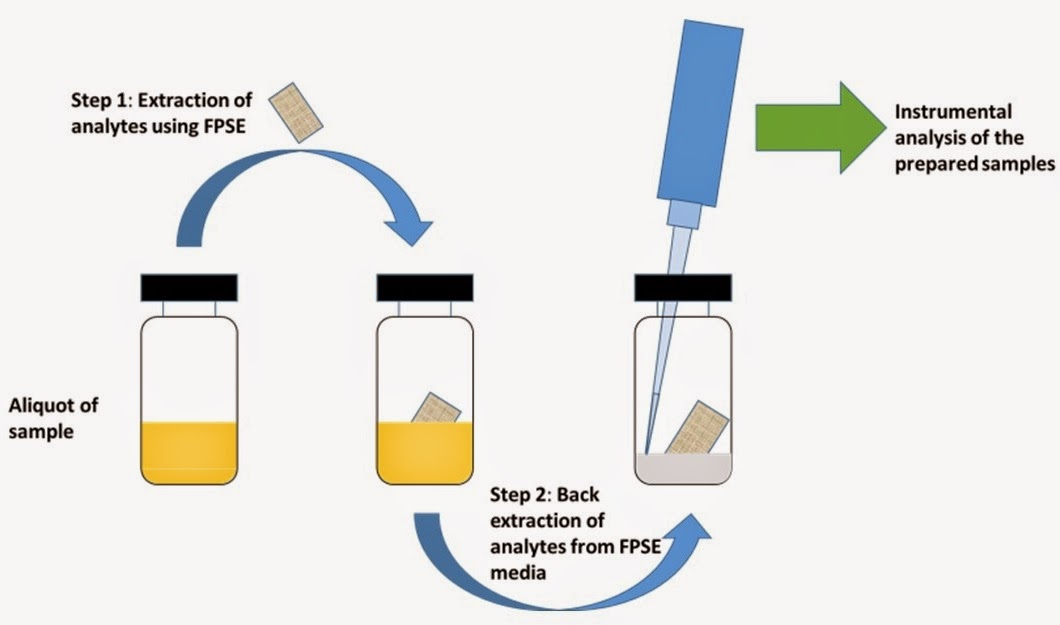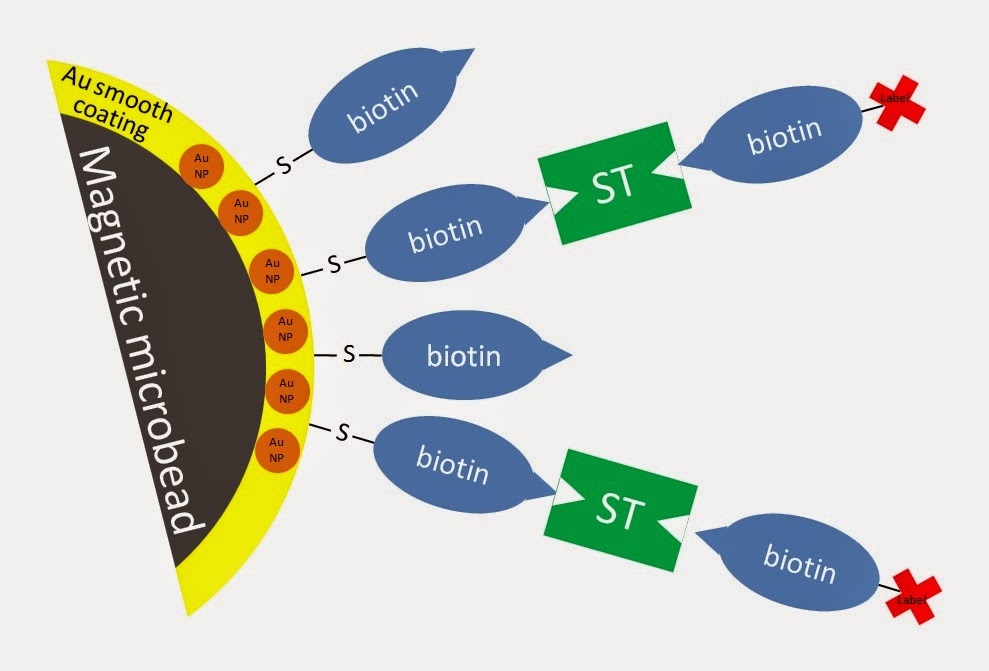Droplet microextraction for single cell mass spectrometric analysis
Miniaturization of classical extraction procedures,
which was the origin of microextraction techniques, has reduced the
consumption/requirement of extractant solvents in the liquid-based formats from
the mL to the mL
range. The use of lower droplets, at the nL or even pL levels, opens a door to
process special systems characterized by their small sizes or low availability.
In a previous post, we discussed the potential of liquid extraction surface
analysis (LESA) [1,2]. This technique is so powerful to analyze surfaces as it
integrates the liquid extraction of the solid samples with the on-line mass
spectrometric (MS) analysis of the extracts. LESA works with nL droplets
allowing the superficial analysis of tissues or bacteria colonies.
One question arises in this context. Is it possible to
use this technology to analyze single cells? For the theoretical point of view,
that approach is possible. However, a recent study published in Nature points
up that using nL droplets to extract cells (the typical volume of a mammalian
cell is close to 1 pL) may induce an excessive dilution of the analytes before
the MS analysis [3]. In this article, researcher from Beijing University at
China have proposed a dedicated device to avoid this shortcoming. Although the
approach makes use of a 2 nL drop for the extraction of a single cell, the drop
is evaporated to dryness the residue being finally redissolved with 20-100 pL
of solvent. In addition to the sensitivity enhancement, the authors reported a
selectivity improvement in cell analysis as only the target analytes are
extracted and reach the MS. Using this approach, several compounds including
nucleotides have been detected in cell analysis with a negligible matrix
background. In addition, the effect of external drugs in the adenosin phosphate
nucleotides (AMP, ADP and ATP) ratio has been addressed.
We hope that this excerpt has aroused your curiosity.
We warmly recommend the reading of this article, which is open access.
References
[1] Mass spectrometric analysis of surfaces by
electro-focusing liquid extractive surface analysis. Link to the post
[2] Liquid extraction surface analysis to study drug
distribution in brain. Link to the post
[3] Integrated Droplet-Based Microextraction with
ESI-MS for Removal of Matrix Interference in Single-Cell Analysis. Link to the article




Comments
Post a Comment